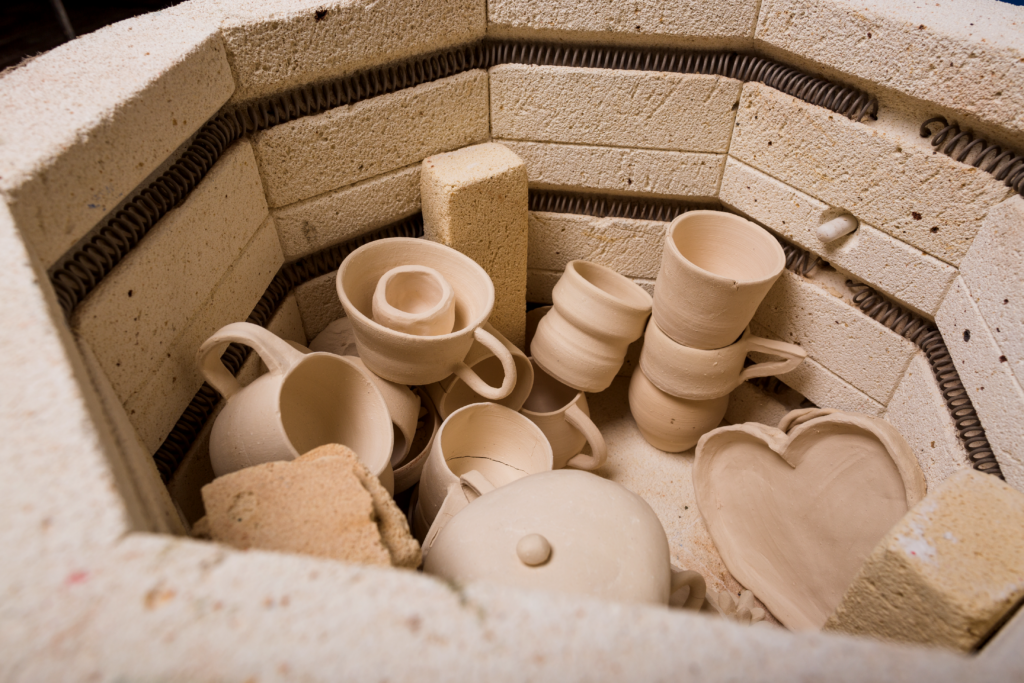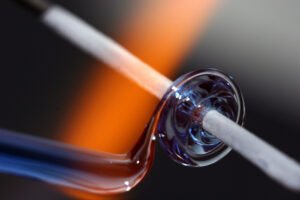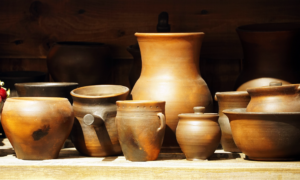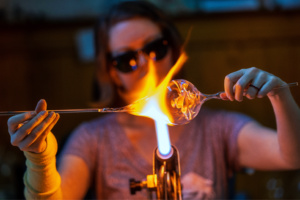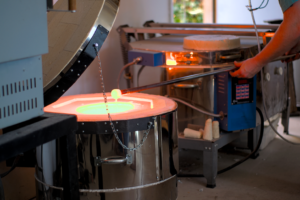It is not uncommon to mistake ceramics for pottery and vice versa. When starting your practice, it is very important to notice the difference between both concepts so that you select your technique according to your modeling needs and to ensure the proper functionality of your pieces.
Composition, function, and manufacturing
The main distinction between pottery and ceramics is that pottery products are mainly made of clay while ceramics can be made of clay, glazes, zirconium oxide, or silica. While a big part of categorizing these products is observing their composition and analyzing the raw materials used for their construction, other factors also come into play, such as the type of product or its intended purpose.
Pottery products are mainly clay pots, containers, or dishes; but ceramic pieces come in a much wider variety range. Ceramics are used for domestic, industrial, engineering, and even building purposes. In terms of technique, pottery is generally made through traditional methods while ceramics are generally manufactured within an industrial context.
What is the difference between ceramics and pottery?
In general, the term ceramic refers to a type of substance. Ceramic substances are durable or refractory, resistant to high temperatures, chemical corrosion, and pressure, they are poor electrical conductors and they’re usually non-magnetic.
However, when classifying pieces, it is relevant to highlight the fact that ceramics encompasses a wider array of products, and that pottery is part of this larger category. Ceramics is a broader term and is also considered an art form, while pottery just refers to a type of object which is made from clay.
Ceramics, versatile and complex
As part of a wide-ranging term, ceramic products might surprise the average person because of their incredibly long list of qualities. Ceramics may be crystalline, non-crystalline, semi-crystalline, amorphous, vitrified, or semi vitrified. In some cases, they are semiconductors too, which means they are able to partially carry electricity.
The people who work with ceramic product development are ceramists, but nowadays you may even find ceramic engineers working on formulas to maximize the properties of ceramic substances. Its most known applications are cookware, decorative and artistic pieces, and sometimes construction parts. But some more unusual examples of ceramic applications are in artificial teeth and bones, ceramic magnets on refrigerators, ceramic catalytic converters in vehicles, and ceramic insulators in television.
Pottery, an ancient essential
Pottery is the oldest type of ceramics. As a craft, it has existed for centuries, providing civilizations with the necessary tools to contain and manipulate the resources around them. Pottery works can be developed through a wide range of techniques, the oldest and simplest being hand building. Other techniques include using a potter’s wheel, jiggering and jollying, slip casting, etc. These are all more artisanal ways of producing useful and unique pieces.
The artisanal quality of pottery items is due to the fact that their manufacturing process always involves manual steps. One of the benefits of pottery is how customizable pieces can be; since clients can work directly with potters to reach a specific result.
After being presented with all the possibilities of ceramics and knowing that pottery is just a small but very relevant fraction of its applications, we can definitely say both are extremely important for our daily life, and human creativity really shines through these two practices.
